Understanding Mitral Valve Disease and Surgery: Insights from Dr. Sayaka Takeyoshi at Jasmine Clinic
Mitral valve disease is a common and serious heart condition affecting many dogs worldwide. For pet owners navigating this complex diagnosis, understanding the nuances of treatment options, surgery candidacy, and post-operative care is crucial. Dr. Sayaka Takeyoshi, a cardiologist with extensive experience at the Jasmine Clinic, shares invaluable insights into mitral valve disease, surgical interventions, holistic care, and recovery protocols. This comprehensive guide distills her expertise, helping dog owners make informed decisions for their furry companions’ health.
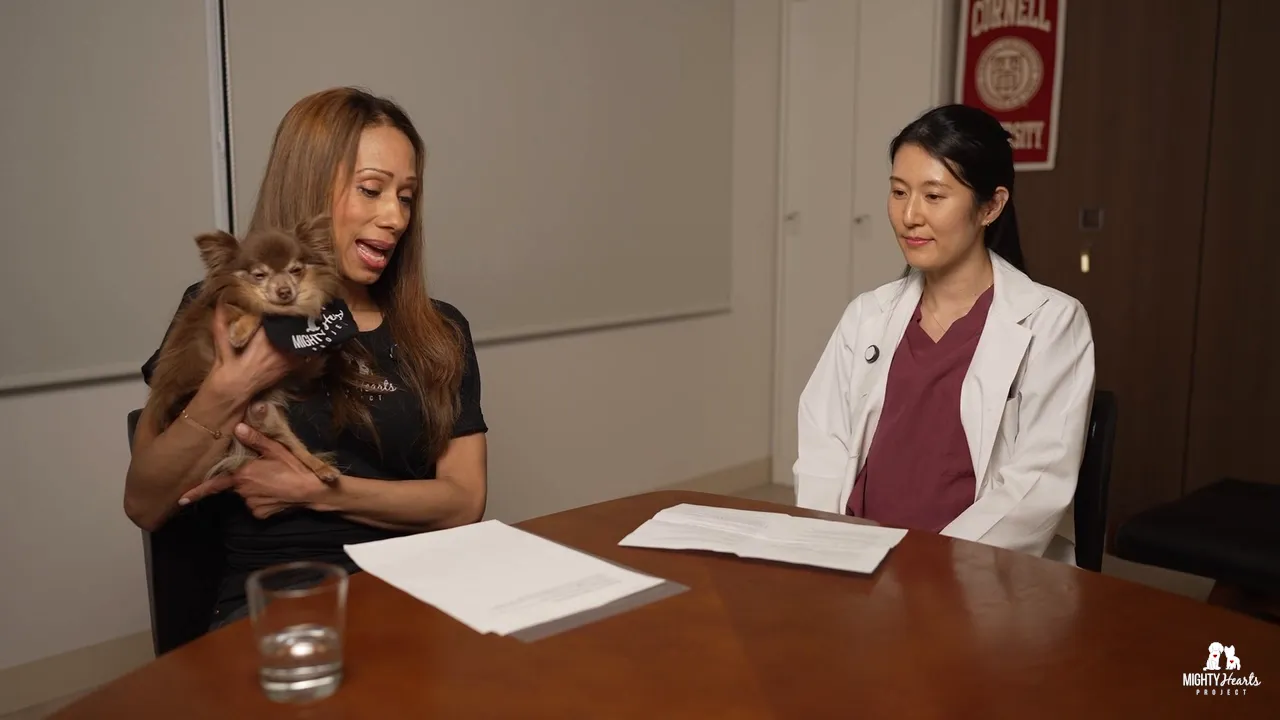
About Dr. Sayaka Takeyoshi and Her Role at Jasmine Clinic
Dr. Sayaka Takeyoshi has been a vital part of the Jasmine Clinic team since 2015, bringing nearly nine years of specialized experience. Her dual expertise encompasses traditional cardiology and traditional Chinese medicine, allowing her to provide comprehensive care. A unique aspect of her role involves managing international clients, especially those navigating the challenges of quarantine and travel restrictions to Japan for specialized treatment.
Her background in both Western and holistic medicine enables her to approach mitral valve disease from multiple angles, ensuring that patients receive the best possible care tailored to their specific needs.
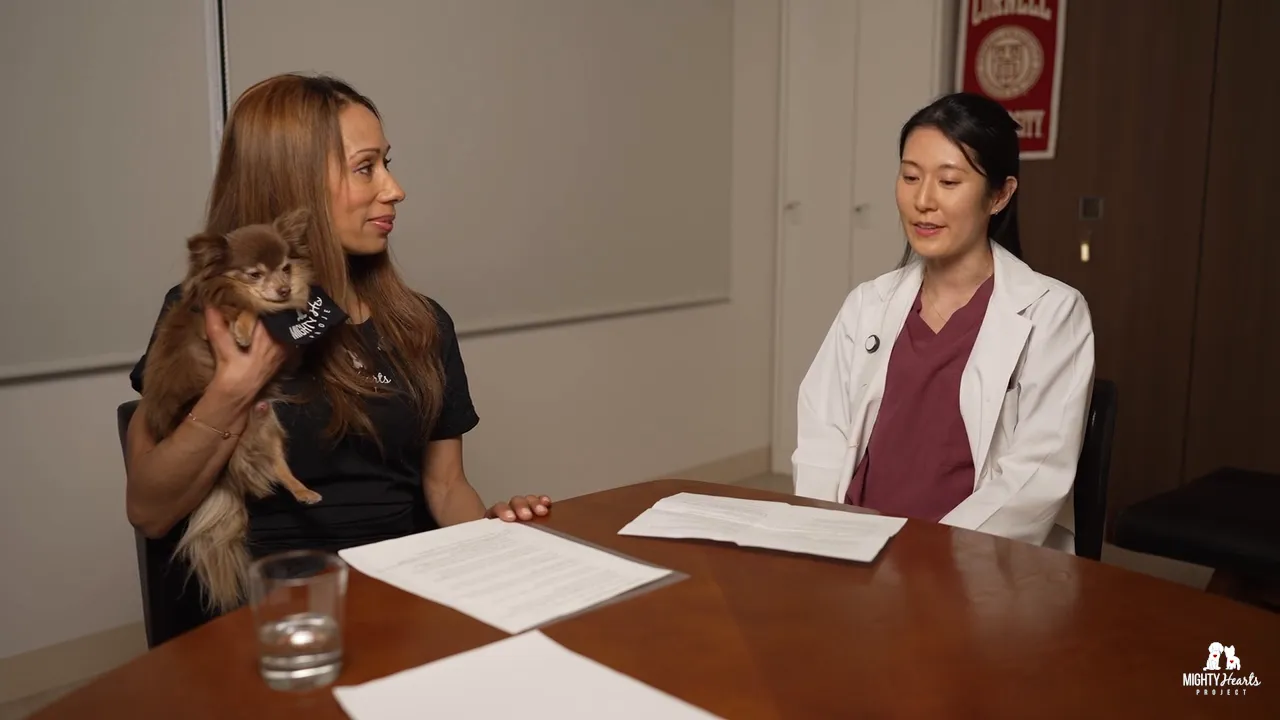
Mitral Valve Disease: Understanding the Stages and Surgical Candidacy
Mitral valve disease progresses through various stages, each requiring different management strategies. Dr. Takeyoshi emphasizes the importance of recognizing when surgical intervention becomes necessary.
Stages of Mitral Valve Disease
The disease is categorized mainly into stages B1, B2, C, and D:
- Stage B1: Early diagnosis with minimal heart enlargement or symptoms.
- Stage B2: Advanced but asymptomatic, with noticeable enlargement of the left atrium and ventricle and significant mitral valve regurgitation.
- Stage C: Symptomatic stage with congestive heart failure onset.
- Stage D: End-stage disease with severe symptoms and complications.
At Jasmine Clinic, surgical candidacy is generally considered for dogs in advanced Stage B2, Stage C, and Stage D, when medical therapy alone no longer controls the disease progression effectively.
When to Consider Surgery
Dr. Takeyoshi advises that surgery is not recommended for dogs in the early stages (B1 or early B2) due to the invasive nature of mitral valve repair and potential life-threatening complications. Instead, medical management is preferred initially.
However, once the disease advances—evidenced by an enlarged left atrium, left ventricle, and severe mitral regurgitation despite medication adjustments—surgical intervention becomes a necessary consideration.
Reasons Some Dogs May Not Qualify for Surgery
Several factors can preclude dogs from being good surgical candidates, including:
- Early-stage disease: Surgery is too invasive when the condition can be managed medically.
- Life-limiting diseases: Conditions such as cancer or immune-mediated diseases may make surgery too risky.
- Tick-borne or blood parasite diseases: These can complicate surgery and recovery.
- Neurological conditions like seizures: These are evaluated on a case-by-case basis. Some dogs with well-controlled seizures may still be candidates, though owners are informed about potential risks.
Dr. Takeyoshi shared the example of a patient named Lucky, who had seizures before surgery but was still considered a surgical candidate after careful evaluation and management.
Pre-Surgery Care: Why Rest and Activity Modification Are Critical
Preparing a dog for mitral valve repair surgery involves more than just medical stabilization—it requires careful lifestyle adjustments to minimize risks.
Avoiding High-Impact Activities
Owners are advised to prevent their dogs from engaging in activities like jumping, running fast, climbing stairs, or chasing birds. These high-energy movements can precipitate congestive heart failure, a dangerous condition that complicates surgery and recovery.
“Our goal for the surgery is to keep them as medically stable as possible until the day of the surgery,” Dr. Takeyoshi explained. She stressed that operating on dogs with active congestive heart failure significantly increases risks, especially pulmonary complications during bypass surgery.
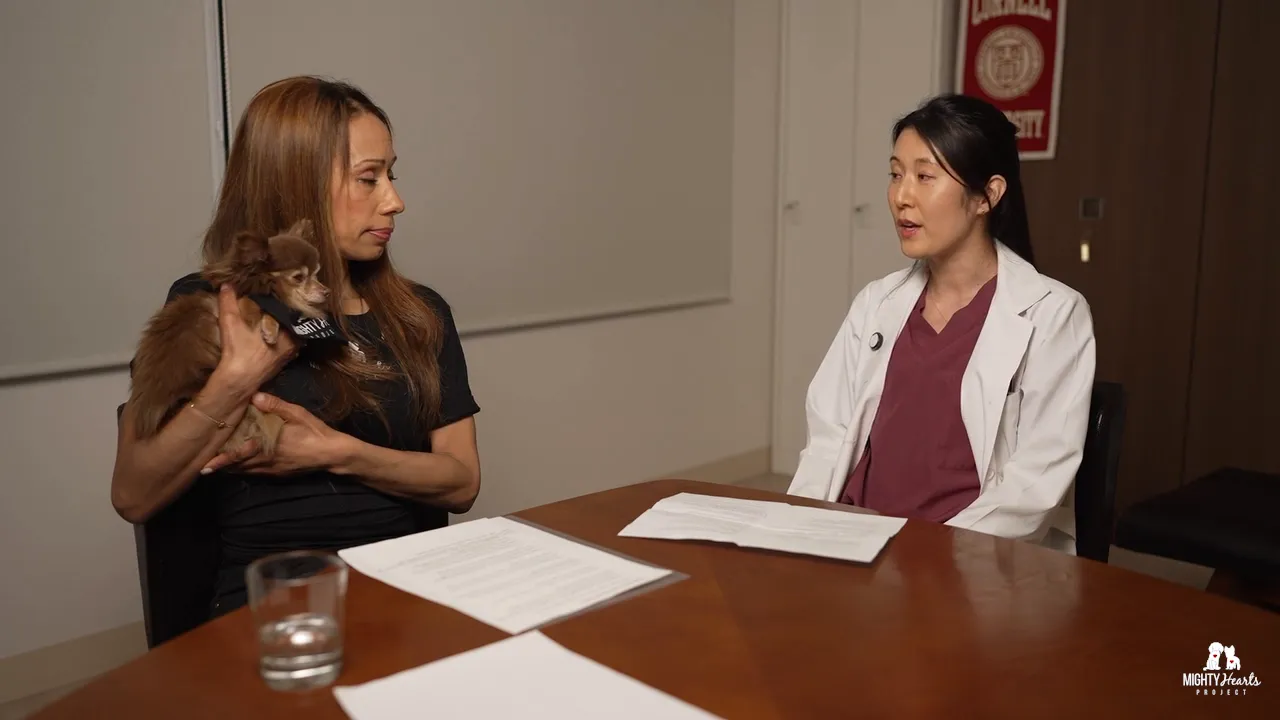
Stabilization Before Surgery
If a dog is near or experiencing congestive heart failure, the priority is to stabilize the condition medically before scheduling surgery. This approach ensures the dog is in the best possible state to undergo the invasive procedure safely.
Post-Surgery Recovery: The Importance of Rest and Gradual Rehabilitation
Mitral valve repair surgery is highly invasive, and recovery requires patience and strict care to ensure the best outcomes. Dr. Takeyoshi shares her clinic’s protocols and the reasoning behind them.
Strict Cage Rest for the First Month
After surgery, dogs are typically placed on strict cage rest or confined to a small area such as a fenced playpen for at least one month. This restriction limits physical activity and helps prevent complications, particularly thromboembolism—blood clots that can travel from the heart to other parts of the body, potentially causing life-threatening symptoms.
Increased heart rate from activity can dislodge clots, so minimizing excitement and movement is crucial during this vulnerable period.
Fragility of Surgical Sutures
The mitral valve repair involves the use of very thin sutures placed on delicate heart tissues. Excessive activity can cause the sutures to loosen or slip before they properly integrate with the dog’s tissue, a process that can take up to three months.
This is why the gradual reintroduction of activity is essential to protect the surgical repair and reduce the risk of complications.
Gradual Increase in Exercise
After the initial month of cage rest, the Jasmine Clinic recommends slowly increasing walks:
- Month 2: Short walks of 5 to 10 minutes multiple times a day.
- Month 3: Longer walks of 20 to 30 minutes each, gradually building endurance.
This progressive approach helps the dog’s heart adjust to increased contraction and heart rate without overloading the repaired valve.
Dr. Takeyoshi agrees with comparisons to human open-heart surgery recovery, where patients are not expected to engage in strenuous activities like marathons for several months post-operation.
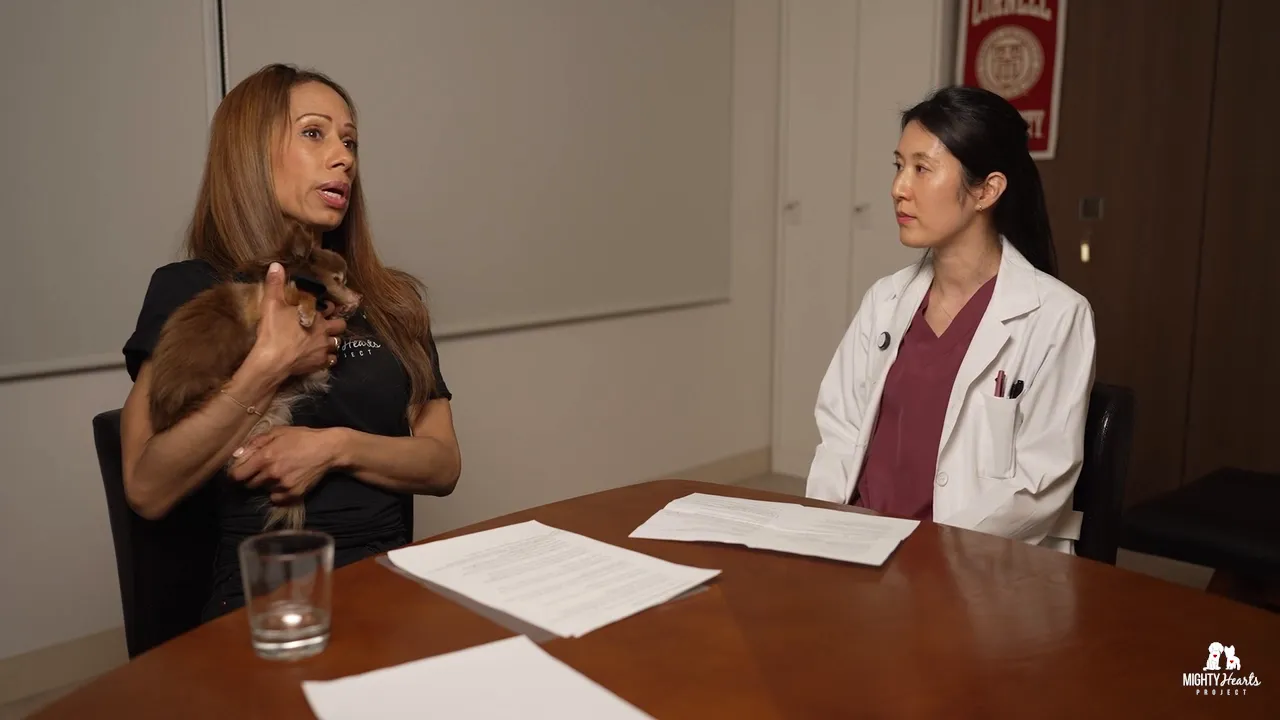
Dental Procedures and Mitral Valve Disease Surgery
Many dogs with mitral valve disease also face dental issues, raising questions about the timing of dental work in relation to heart surgery.
Dental Work Before Surgery
Whether dental procedures should be done before surgery depends largely on the veterinarian’s assessment of the dog’s ability to tolerate general anesthesia. Dr. Takeyoshi emphasizes that this is a decision best made by the primary veterinarian or cardiologist based on the individual dog’s condition.
Dental Work After Surgery
Post-surgery, dogs are placed on blood thinners, such as clopidogrel, for about three months to prevent blood clots. During this period, they have a higher tendency to bleed, making dental procedures risky.
It is generally recommended to wait for three months after surgery and at least two weeks after stopping blood thinners before performing any dental work. In cases where the heart condition is not fully stabilized and moderate to severe regurgitation persists, dental treatment can be done but with caution.
Integrating Holistic Medicine with Conventional Cardiology
Dr. Takeyoshi’s passion for holistic medicine complements her cardiology practice, offering a well-rounded approach to patient care.
Interest in Alternative Medicine
Her journey into holistic medicine began just two years after graduation when she questioned whether antibiotics and steroids were the only treatment options. Exploring homeopathic remedies, acupuncture, and Chinese herbal medicine, she found ways to support the body’s natural healing processes and immune system.
Although surgical intervention is necessary for conditions like mitral valve repair, many other health aspects can benefit from holistic approaches, especially in managing degenerative or chronic conditions.
Supporting Liver and Kidney Health in Geriatric Patients
Many patients with mitral valve disease are older dogs who also suffer from liver or kidney issues. These organs are critical for detoxification and overall health, yet Western medicine often lacks effective treatments to reverse degenerative damage.
Holistic therapies can support liver and kidney function, helping to detoxify the body and improve the effectiveness of cardiac medications. Dr. Takeyoshi recommends such integrative care as part of the overall treatment plan for heart patients.
She affectionately refers to this approach as keeping the “liver happy,” underscoring the importance of organ support in complex cases.
Jasmine Clinic’s Success Rates and Multidisciplinary Approach
Impressive Survival Statistics
Jasmine Clinic boasts a remarkable discharge rate of 97.5% based on 2023 data. Survival rates one year post-surgery vary by disease stage:
- Stage B2: 95%
- Stage C: 90%
- Stage D (severe cases): 81%
These figures highlight the benefits of timely surgical intervention, ideally during advanced Stage B2 or Stage C, to achieve better prognoses.
Comprehensive Specialty Departments
Jasmine Clinic began as a pure cardiology center but has expanded to include multiple specialty departments, such as oncology, nephrology, gastroenterology, and soft tissue surgery. This multidisciplinary team approach allows for seamless referral and integrated care when patients present with additional health issues like tumors or organ dysfunction.
The collaboration ensures that every aspect of a patient’s health is addressed, providing a holistic and thorough treatment plan.
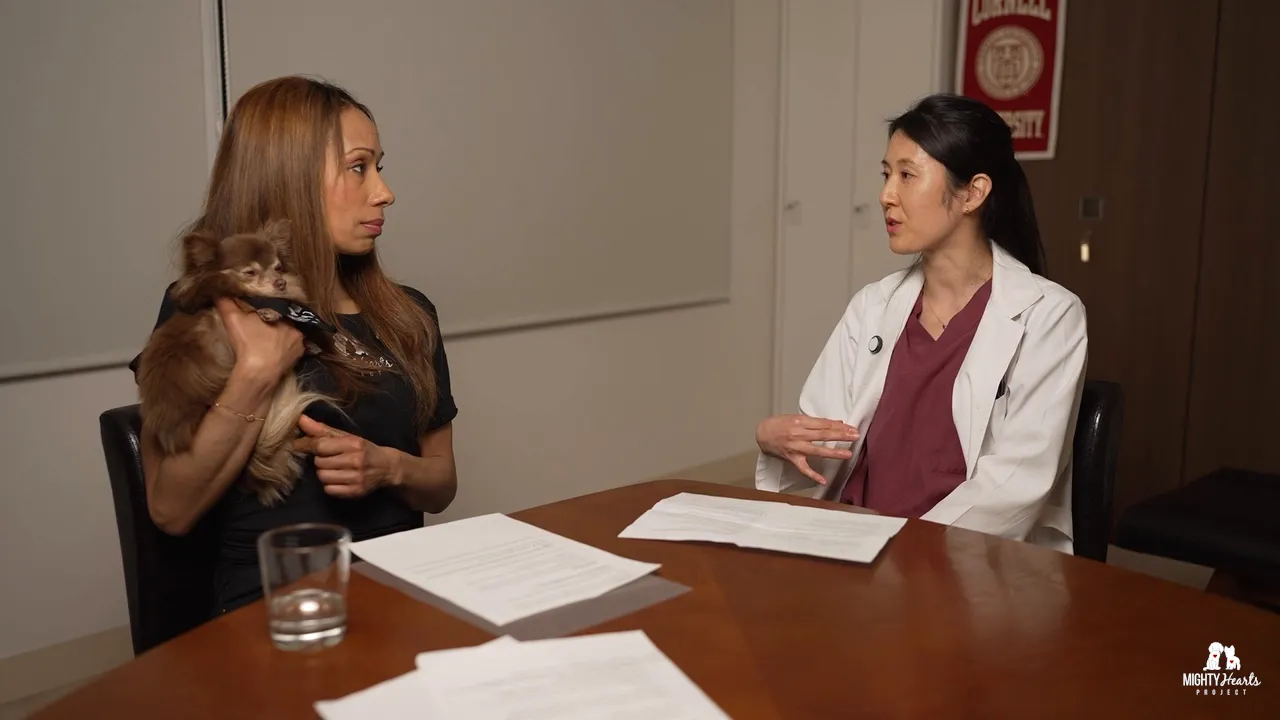
Final Thoughts: Early Detection and Individualized Care
Dr. Takeyoshi emphasizes the importance of regular veterinary checkups, especially if a heart murmur is detected. Early echocardiographic evaluation by a cardiologist can determine the disease stage and guide timely treatment decisions.
She cautions against rushing into surgery unnecessarily, as mitral valve repair is complex and carries risks, including postoperative complications and mortality. Many dogs can be effectively managed with medications for extended periods, delaying or avoiding surgery altogether.
When surgery becomes necessary, combining Western medical interventions with holistic support can optimize recovery and quality of life.
For dog owners, the key takeaway is vigilance, patience, and working closely with a trusted veterinary team to tailor treatment plans that best suit their pet’s unique condition.
Summary
Mitral valve disease in dogs requires careful monitoring and a balanced approach to treatment. Dr. Sayaka Takeyoshi’s expertise at Jasmine Clinic offers hope through advanced surgical techniques complemented by holistic care. By understanding the stages of disease, recognizing when surgery is appropriate, and adhering to strict pre- and post-operative protocols, pet owners can significantly improve their dog’s prognosis and quality of life.
Regular veterinary visits and early diagnosis remain the cornerstones of effective management, while the integration of traditional and alternative therapies provides a comprehensive healing path.
With the right information and support, dogs with mitral valve disease can lead longer, healthier lives.


